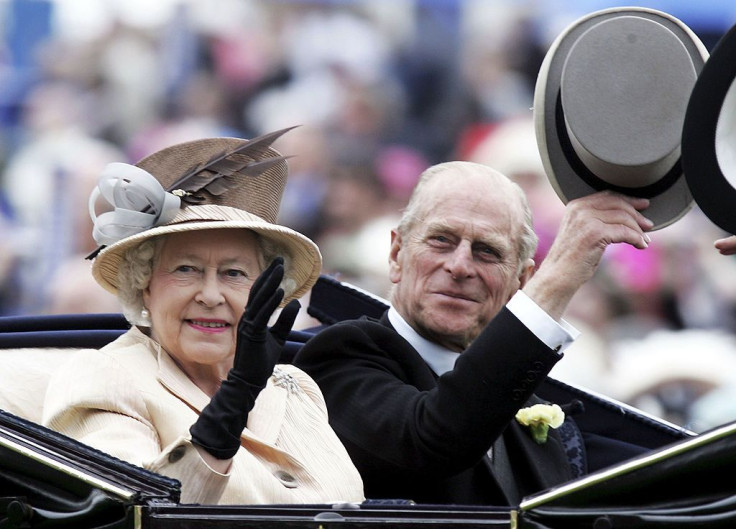The British love for tea is deeply ingrained in their way of life, which explains why they consume a mind-boggling 60 billion cups of the drink annually. While the royal family has refined tea drinking to art, there is one member of their ranks that just can’t get what the fuzz is about. After decades of living in the U.K., Prince Philip has not yet developed a taste for the beverage.
After marrying Queen Elizabeth II in 1947, Prince Philip has decided to fully embrace the British way of life. He decided to discard his Green and Danish royal titles and opted to become a naturalized British subject and the Duke of Edinburgh before his marriage.
But the one thing that he was not able to acquire is the taste for tea. Apparently, the Duke remains a lover of black coffee, which explains why he is only rarely seen drinking tea.
The British are known for their fondness of tea that they consume 60 billion cups of the beverage in one year. To put it into perspective, that’s an average of around 900 cups of tea per person in the country. Yet this obsession with the drink is a bit surprising, especially when one takes into account that England did not discover tea or produce it as a crop.
According to legend, it was Chinese Emperor Shen Nong who discovered tea by accident in 2737 B.C.E. While boiling water in his garden, a leaf from a wild tea tree fell into the pot. He loved the resulting tea-leaf-infused hot water so much that he went on to research tea and its health benefits.
Before it became a worldwide drink, tea was primarily consumed within the regions of northern India, Tibet and China. It then became popular in Japan in the ninth century when Saichō, a Japanese Buddhist monk who studied in China, brought tea seeds back home and planted it, which started a small-scale tea production.
Meanwhile, thanks to the Dutch East India Company, the drink spread to Europe as the company’s ships made it possible to transport Japanese and Chinese tea leaves in bulk. Back then, however, drinking tea was considered a novelty and was an indulgence only available to the royal and aristocratic classes due to its high price.
It was in 1840 that afternoon tea became popular in England. It was the year when Anna, the seventh Duchess of Bedford, began asking for bread, butter and tea to be brought to her bedroom at four in the afternoon as a way to relieve her hunger while waiting for dinner, which usually happens at eight in the evening. After inviting a few friends to this afternoon ritual, the idea of an afternoon tea party quickly spread among the aristocracy.

© 2025 Latin Times. All rights reserved. Do not reproduce without permission.




